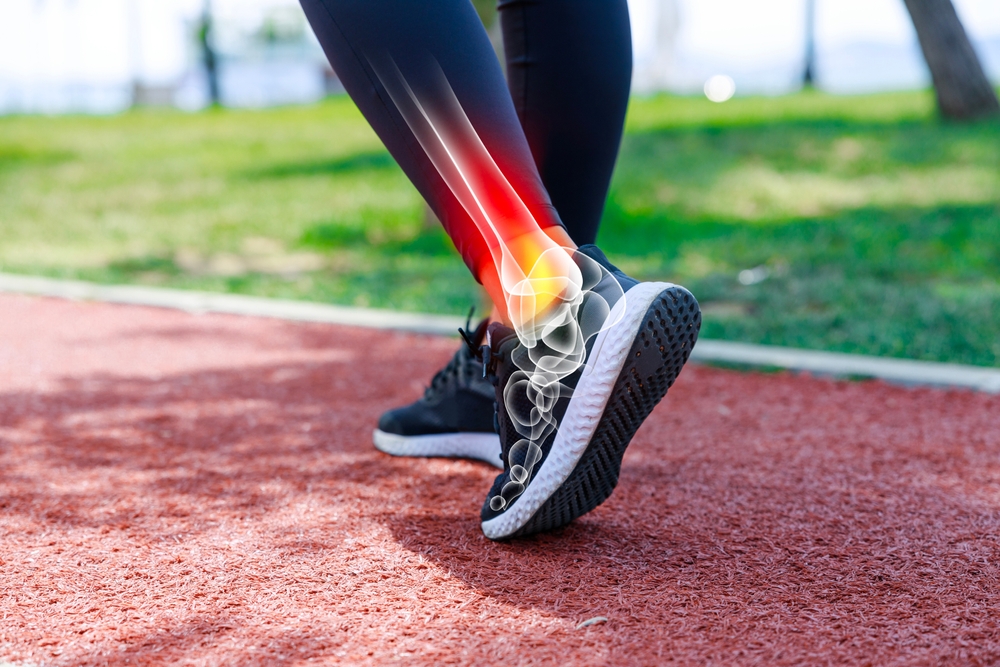Do your feet ache all the time? It might be time for orthopedic shoes.
Foot pain is a common orthopedic problem, with one study estimating that somewhere between 13-36% of people suffer from painful feet. One way to combat chronic foot pain and make walking more comfortable is with orthopedic shoes — and according to one study, orthopedic shoes can significantly relieve foot and ankle pain.
If your feet hurt with every stride, you might consider buying orthopedic footwear. Not only will the footwear reduce your pain, but these shoes come in a variety of styles, too. But that doesn’t make the decision an easy one. Read on to help you make the right choice.
Five questions to ask when buying orthopedic shoes
Orthopedic shoes address several common foot issues, including plantar fasciitis, bunions, heel spurs, hammertoes, or foot neuropathy. In general, these shoes correct improper gait and provide excellent arch support. In addition to alleviating your foot pain, the support provided by these shoes can help you experience less knee, hip, or back pain, too.
Orthopedic shoes can be pricier than regular shoes, but the investment is well worth it to make walking enjoyable again. When looking for a pair of orthopedic shoes, ask yourself these five questions:
Are the shoes comfortable? Comfort should be at the top of your list of orthopedic shoe features as tight, uncomfortable shoes will only worsen the pain. Orthopedic shoes come in a variety of widths, from narrow to extra wide, so you’ll likely be able to find some that match your foot size. If your feet swell during the day, look for a pair with a stretchy upper portion or velcro closures to accommodate changes in your foot’s shape. You might want to get a pair to accommodate an orthotic insert as well if you need one. Be sure to take the time to break in your shoes by putting them on briefly during the day to get your feet used to them.
Is the arch supported? Foot and heel pain is often traced to flat feet or fallen arches. Shoes with a strong arch support act as shock absorbers when you walk, taking the pressure off the feet.
Is the toe box wide enough? If you suffer from hammertoes or bunions, make sure the toe box is wide enough to fit your toes comfortably. The fit should be snug but not tight. Ideally, the length between the top of your toes to the end of the shoe should be the width of a finger.
What are the shoes made of? Several materials are used in the construction of orthopedic shoes, from leather to other textiles. Consider the pros and cons of each. Leather, for instance, is durable, but may not be breathable. Mesh shoes offer better ventilation but may wear out quicker from everyday use. Keep in mind that shoes made with high-quality materials may cost more, but they will last much longer.
What are the shoes needed for? Take into account what you need the shoes for and what condition you want them to treat. If you run or play sports, buy a pair offering stability and good shock absorption. Shoes with sturdy arch support benefit those with plantar fasciitis. Extra cushioning and support can counter arthritis pain. If you’re going to wear the shoes while going about your daily activities, pick comfortable, supportive walking shoes.
Talk to an orthopedist if you’re unsure about what pair to choose. They can fit you with the right shoe or recommend the right one for your individual needs. Walking should never be painful, but a pair of comfortable, stylish orthopedic shoes will make walking a pleasure once again.
Put the spring back in your step
At New York Bone & Joint Specialists, our orthopedists and physical therapists work with patients with a variety of orthopedic issues, including aching and painful feet. We’ll develop a plan to reduce your foot pain with therapy and the proper shoes. Contact us today for a consultation.




